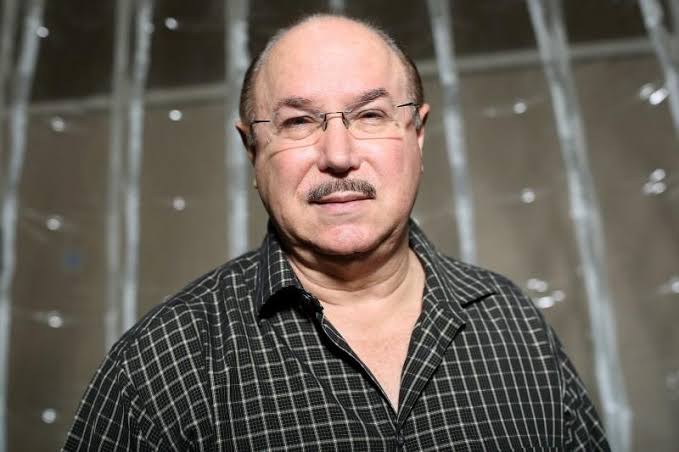

If we test collective memory, the term ‘rehydration’ may have gained mainstream attention with the Ryan Garcia–Gervonta Davis fight. It’s not that, as a stipulation, the procedure hadn’t been used before. Does the Canelo Alvarez–Daniel Jacobs fight ring a bell? Nevertheless, since the Garcia-Davis showdown, there’s been a lot of talk about rehydration. In a strict contractual sense, the clause puts limits on the weight a boxer can gain after the weigh-in and before the fight. The aim is to restrict a fighter from gaining too much weight too quickly to keep the fight fair.
Watch What’s Trending Now!
That much appears straightforward. But things often get tricky after the weigh-in. To meet the weight requirements, fighters often engage in extreme weight-cutting methods. The problem starts after the weigh-in. They need to catch up in weight to be on par with the opponent. So what do they do? Go for external nutritional-supplemental intake. One of the most well-known methods remains intravenous (IV) rehydration. However, many feel that it doesn’t offer significant advantages. Still, many fighters continue to use it, often influenced by the interests of those around them. In a detailed post, SNAC head Victor Conte shared his insights on some of the commonly held misconceptions.
ADVERTISEMENT
Victor Conte: A Misunderstood Process
“IV REHYDRATION: Most people in boxing are simply uninformed about rehydration after weigh-ins,” said Conte. Many believe that IV rehydration is an effective way to quickly attain weight after a weigh-in. However, according to Victor Conte, this view is flawed.
IV REHYDRATION: Most people in boxing are simply uninformed about rehydration after weigh-ins. When a fighter gains 20 lbs post weigh-in it is NOT because of using IV. The maximum IV drip rate is 250 cc (one bag) per hour which is 1/2 of one lb. This means a MAXIMUM of ONE POUND…
— Victor Conte (@VictorConte) October 20, 2024
He explained that IV rehydration is a slow process, with a maximum gain of around ‘1 pound every two hours’. So at that rate, a boxer wouldn’t be able to gain 20 pounds post-weight in. “So it would take SIX hours of IV to gain 3 lbs. of fluids,” said Conte.
ADVERTISEMENT
The SNAC boss stressed that there are people in the sport who might be ‘clueless about rehydration’. Going a bit deeper, he shared that most rehydration weight actually comes from the consumption of drinking fluids orally. It is not only faster but safer as well since cool liquids help lower body temperature.
So why does the practice continue at several corners? Victor Conte had an explanation. He pointed out that many people in boxing are uninformed about the best practices for rehydration. Boxers are often taken advantage of because of this lack of knowledge. He said, “There is simply lots of nonsense being spewed in boxing. IMO most of the trainers and doctors administering IVs to boxers post-weigh-in are doing so are gouging for money and fight tickets.”
ADVERTISEMENT
From those in authority
“To all the members of the boxing community in the world.” Thus began the September 23′ memo from VADA. The story published under the WBC/VADA initiative ‘Clean Boxing Program’ was aptly titled ‘Why Fighters Almost Never Need IV Rehydration’.
WBC / VADA CLEAN BOXING PROGRAM AWARENESS AND SCIENCE #2: Why Fighters Almost Never Need IV Hydration – World Boxing Council https://t.co/qHJ7py1oNs
— Vada-Testing.org (@Vada_Testing) April 28, 2024
ADVERTISEMENT
The article highlighted the regulatory aspect of IV rehydration: “Intravenous infusion and/or injections of more than a total of 100 mL per 12-hour period except for those legitimately received in the course of hospital treatment, surgical procedure, or clinical diagnostic investigations are prohibited.” However, citing a study done by a university, the piece, like Victor Conte, also suggested that drinking fluids (or hydration) might have certain advantages because they trigger responses in the body that help with things like temperature, heart rate, and metabolism.
They clarified on the emergency usage of IV rehydration if a fighter has fallen sick after losing too much weight. But otherwise, “a healthy fighter will benefit equally or better from oral rehydration.”
Readers need to understand that this discussion highlights just one perspective on the rehydration debate in boxing. It’s important for fighters, trainers, and fans to educate themselves on the facts.
ADVERTISEMENT
What are your views on the rehydration clause in boxing?
ADVERTISEMENT
ADVERTISEMENT
ADVERTISEMENT

